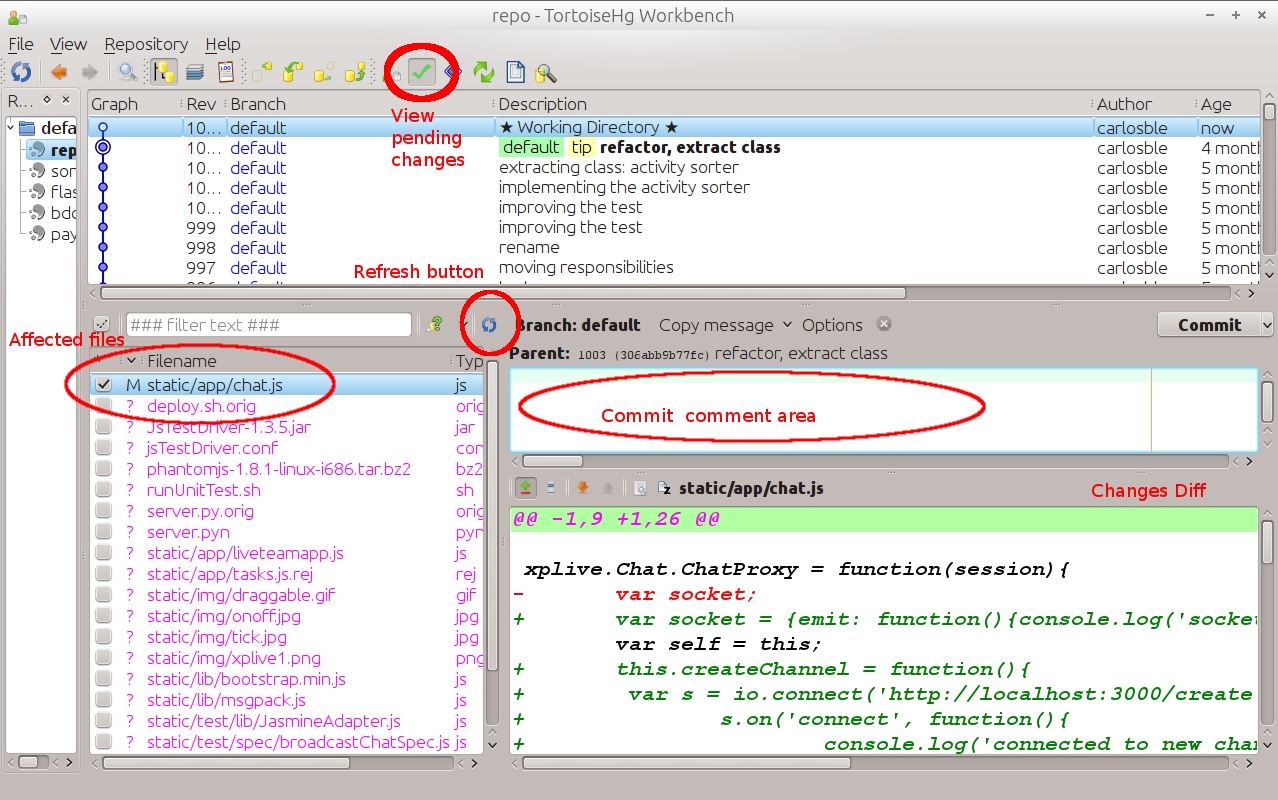
If you had multiple GitHub profiles, each one could be created with their own set of keys and corresponding PuTTY saved session. Note that "github" in the connection path above refers to the saved PuTTY session with the same name that we created earlier. We use the following path in TortoiseHg to connect to it: git+ssh://github/gb-inc/access-modules/ Support for Multiple GitHub Profiles Run the following command: ssh-keygen -t ed25519 -C "įor example, here's my company's private access-modules repository:.Change directories to C:\Windows\System32\OpenSSH\.We're going to use ssh-keygen.exe as recommended by GitHub. Clone an existing GitHub repository using the git+ssh protocol and your named PuTTY SSH session from step 4.Convert the private key to a PuTTY-compatible format.Add the public key to your GitHub account.
#TORTOISEHG CREATE REPOSITORY FROM EXISTING FOLDER INSTALL#
With that, you can install the requirements from an admin cmd window using the following commands: choco install tortoisehg

* You have the option of providing a passphrase when you create your SSH key pair, but if you forgo that option you can achieve passwordless integration between TortoiseHg and GitHub. The hggit extension keeps everything in sync, and a saved PuTTY session means you don't need to start Pageant or enter a password* every time you interact with GitHub from TortoiseHg. In this article, I'm going to take you step-by-step through setting up a fully transparent connection between a Mercurial repository in TortoiseHg and that same repository running in Git and hosted on GitHub.


 0 kommentar(er)
0 kommentar(er)
